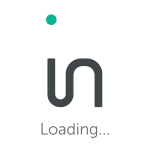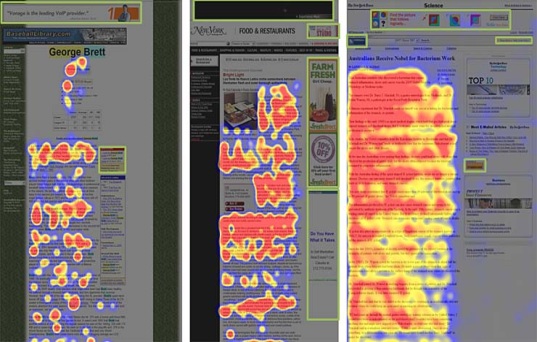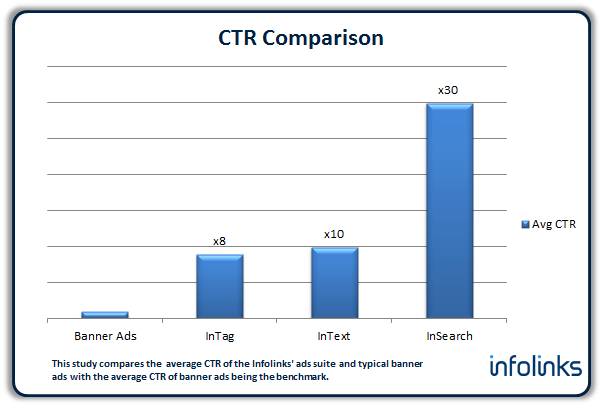 Banner blindness is a phenomenon that all online advertisers struggle with. Website users around the world have developed a skill to ignore ads that appear in traditional ad spaces. It’s this kind of user behavior that shapes the creativity of marketers and forces outward thinking. Infolinks took this mission to battle this reality and for months planned and tested a set of ads units to serve highly relevant ads and receive more attention from online visitors.
Banner blindness is a phenomenon that all online advertisers struggle with. Website users around the world have developed a skill to ignore ads that appear in traditional ad spaces. It’s this kind of user behavior that shapes the creativity of marketers and forces outward thinking. Infolinks took this mission to battle this reality and for months planned and tested a set of ads units to serve highly relevant ads and receive more attention from online visitors.
When the first online banner ad debuted on HotWired in 1994 it took the internet by storm with a 78% click through rate. Nowadays the average banner ad reels in .09% CTR. In 1997 Jakob Nielson, the leading web usability guru, studied the eye pattern of internet users with the help of heatmaps. He discovered what he called banner blindness. Internet users have been programmed to subconsciously ignore the presence of online ads, not even glancing in the physical space on the page where assumed ads are located.
“Heatmaps from eyetracking studies: The areas where users looked the most are colored red; the yellow areas indicate fewer views, followed by the least-viewed blue areas. Gray areas didn’t attract any fixations. Green boxes were drawn on top of the images after the study to highlight the advertisements.”
Nielson confessed he was reluctant to admit the following: ads that mirror the original website content are the most effective, aka native advertising. With native advertising, ads are placed within the context of a site where readers are already focused.
The Infolinks Solution
Infolinks has been striving to harness Nielson’s chi and think outside the box with its latest ad products; less conventional ads with more relevancy. Infolinks ad products are the very essence of visibility and native advertising combined. InTag and InText are two products created for this purpose – delivering and displaying relevant ads true to your web content.
Infolinks monitored ad clicks from over 100,000 websites in their network to determine these results. InTag revealed a CTR 8 times higher than the average of banner ads while InText came in at 10 times higher.
Search ads are another way to beat banner blindness. This kind of advertising works with the reader, leading to ads of interest relevant to their original searches. Infolinks InSearch has a an incredible CTR rate 30 times higher than typical banner ads.
Banner blindness is a serious phenomenon that both advertisers and publishers should be aware of. Infolinks ad options contrast banner blindness and satisfy all parties involved.



